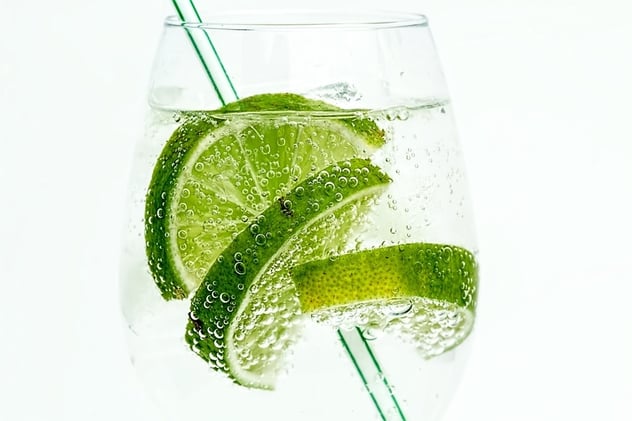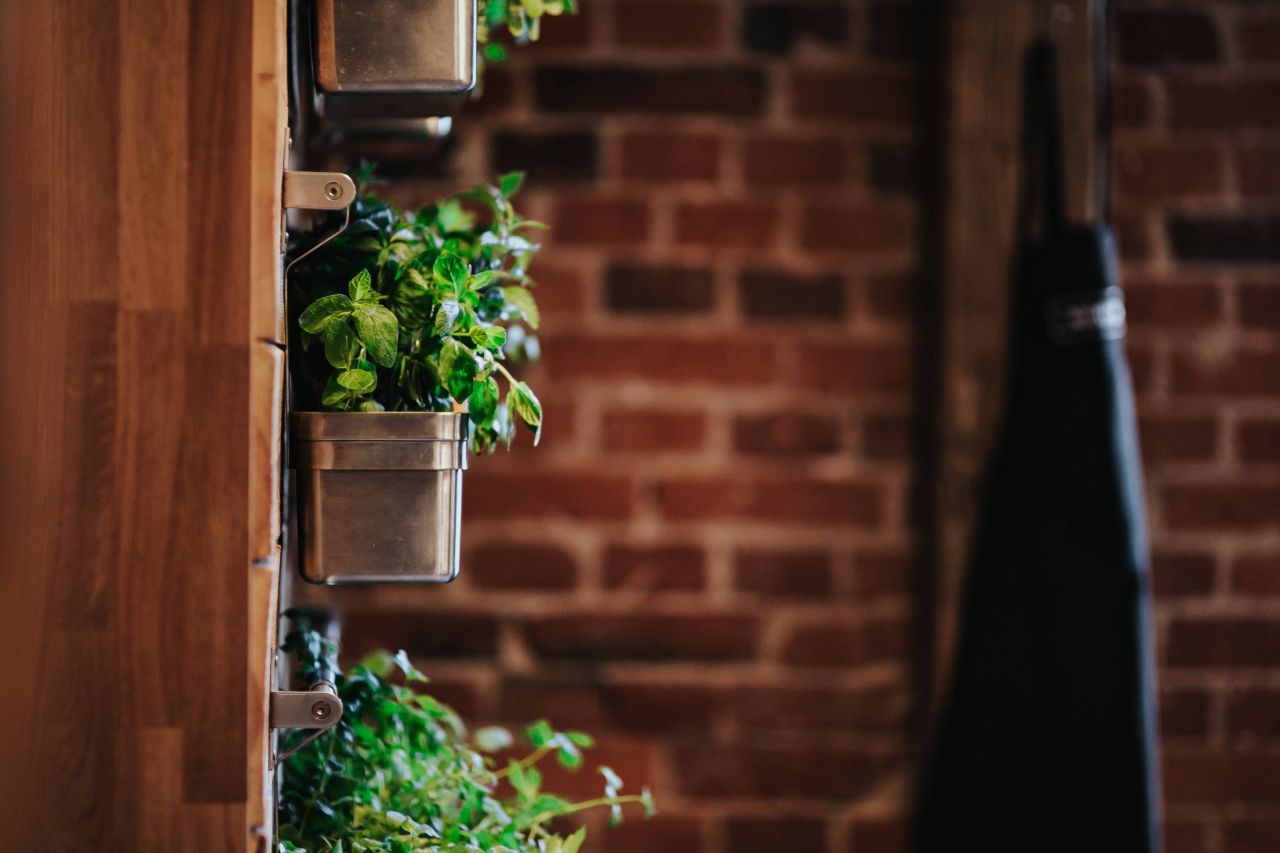Gin is a widely popular spirit known for its distinct flavor, which it derives from juniper berries. With a long and fascinating history, gin is so much more than just ‘flavored vodka.’
Gin is England’s national drink and Winston Churchill once famously said, “The gin and tonic has saved more Englishmen’s lives, and minds, than all the doctors in the Empire.”
While gin has been a crowd favorite since the 17th Century, it experienced a surge in popularity as the base spirit in many of the classic Prohibition-era cocktails. Today it is enjoying the limelight once more as craft distillers experiment with new botanical combinations and give this timeless drink a breath of new life!
A brief history of gin
Gin is a clear, unaged spirit which evolved from jenever, the traditional liquor of the Netherlands and Belgium. Like jenever, gin derives its distinct flavor from juniper berries. Owing to Dutch and Flemish traditions, gin is often flavored with other fruits, herbs and spices (or, botanicals) but never without juniper berries, distinguishing it from other clear spirits like vodka.
Juniper berries were used for medicinal purposes for centuries, which is why jenever was initially used to treat ailments such as stomach disorders! Very quickly though the intoxicating effects of jenever and gin overshadowed any medicinal uses, earning the drinks the nicknames Dutch Courage (as soldiers knocked it back for its calming effects before charging into battle) and Mother’s Ruin, after the Gin Craze swept through Britain.
The origins of gin date back to the Middle Ages, with references to its predecessor jenever appearing as early as the 13th Century. Gin rose in popularity across Britain (the region most commonly associated with the spirit) after William of Orange, the leader of the Dutch Republic, took over the British throne in the 17th Century.
By the early 18th Century, gin really took off across Britain, following the increase of tariffs on imported spirits alongside a loosening of laws governing local gin production. As a result, gin became widely available, very affordable and quite irresistible. This period came to be known as the Gin Craze, marked by extreme drunkenness, higher death rates, moral outrage and eventually, the passing of five acts of Parliament to control gin consumption!
Gin classifications
Legal classifications of gin differ around the world. The European Union’s regulations on gin state:
“All gins are made with ethyl alcohol flavored with juniper berries (juniperus communis) and other flavorings. The ethyl alcohol used must be distilled to the minimum standards stated in the EU Spirit Drink Regulations. In all types of gin, the predominant flavor must be juniper, and they must have a minimum retail strength of 37.5% ABV. There are three definitions of gin: gin, distilled gin and London Gin.”
Source: Gin & Vodka
Gin
Neutral spirit of agricultural origin that has been flavored with botanicals by adding natural flavoring substances, rather than through a process of re-distillation.
Distilled Gin
Ethanol of agricultural origin (with 96% ABV after distillation) is then re-distilled with juniper berries and other botanicals.
London Gin
Produced in a similar fashion to distilled gin but with a higher quality base alcohol than the standard. London Gin must have a 70% ABV upon distillation. Additionally, sweeteners, colors or other ingredients aside from water (added for dilution) cannot be added after natural botanicals have imparted their flavors with re-distillation.
In the European Union, the minimum bottled ABV for gin is 37.5%, with 40% as the minimum in the United States. Gin is produced all around the world however, with each region following its own regulations and with some variations in the production methods.

How gin is made
Gin is made by distilling fermented grain mash, in a process similar to the production of whiskey and vodka. Barley tends to be the main grain used to create the mash, but wheat, grape, sugar, molasses or essentially anything of agricultural origin can be used as the base for the spirit.
Gin derives its distinct flavor from juniper berries which are added after distillation, most often during a second distillation process.
As distillation and flavoring techniques modernized, gin production methods became more sophisticated.
In the earlier method (which is still used in some regions today), fermented grain mash is pot-distilled to create a neutral alcohol with an alcohol content of around 68%, then re-distilled with botanicals to add flavor.
In the much more efficient column-distilled method which is primarily used today, the resultant neutral alcohol is higher in alcohol content. It is then re-distilled with botanicals which are suspended in a basket at the head of the still, allowing the hot vapours to extract the flavors.

While juniper is an essential ingredient in gin, the other botanicals can vary. Coriander, cucumber, anise, licorice, cardamom, ginger and citrus peel are all common ingredients.
Each distiller will have a unique recipe of botanical combinations and some distillers, such as Archie Rose, even offer tailored options that allow the customer to specify the pronounced flavors in their bottle!
Classic gin cocktails
Unlike many other spirits, gin is almost exclusively consumed in cocktail form. It is undoubtedly delicious on its own too (especially in today’s craft spirit climate) but traditionally, gin has not been a sipping drink. The flavors of the botanicals really come out in gin cocktails, and most of the classic cocktail recipes call for gin as the base spirit.
The quintessential English drink, the Gin and Tonic, was invented in Britain’s tropical colonies. Gin was used to mask the strong taste of the anti-malarial medication quinine, which after dilution in carbonated water formed tonic water.
Some gin cocktail favorites:
Martini
Although made widely popular by James Bond, the classic martini recipe calls for gin, not vodka! Gin and dry Vermouth stirred. The less Vermouth, the drier the cocktail.
Negroni
This stirred mix of gin, sweet Vermouth and Campari packs a punch!
Gimlet
A deliciously refreshing infusion of citrus! Lime juice stirred with gin and simple syrup.
Tom Collins
Gin stirred with lemon juice, simple syrup and club soda.

You might also like
 |
Ivana Rnjak is a Content Writer at Typsy. A waitress and bartender in a previous life, Ivana is an aspiring academic with an unwavering love of brunch – no matter what Anthony Bourdain says! |